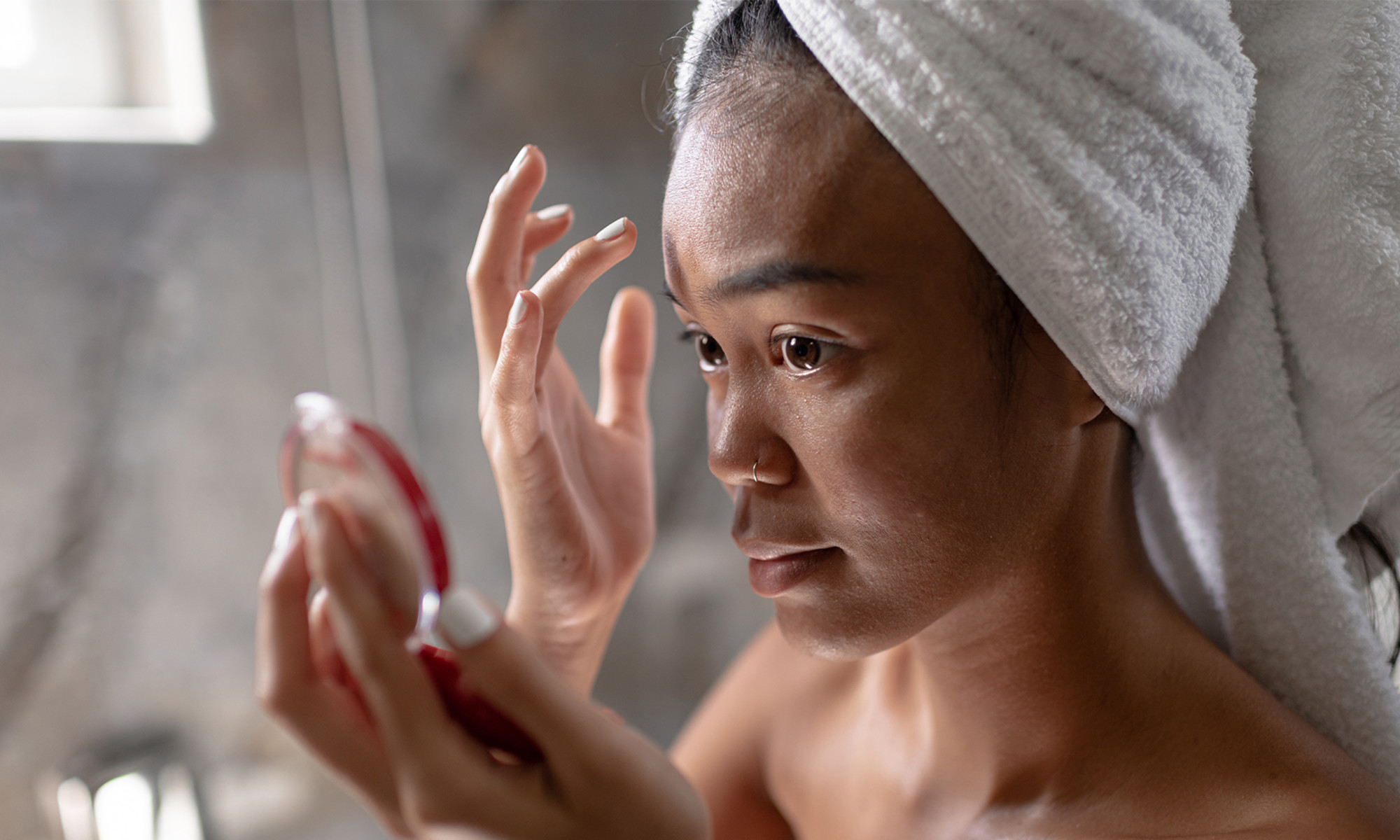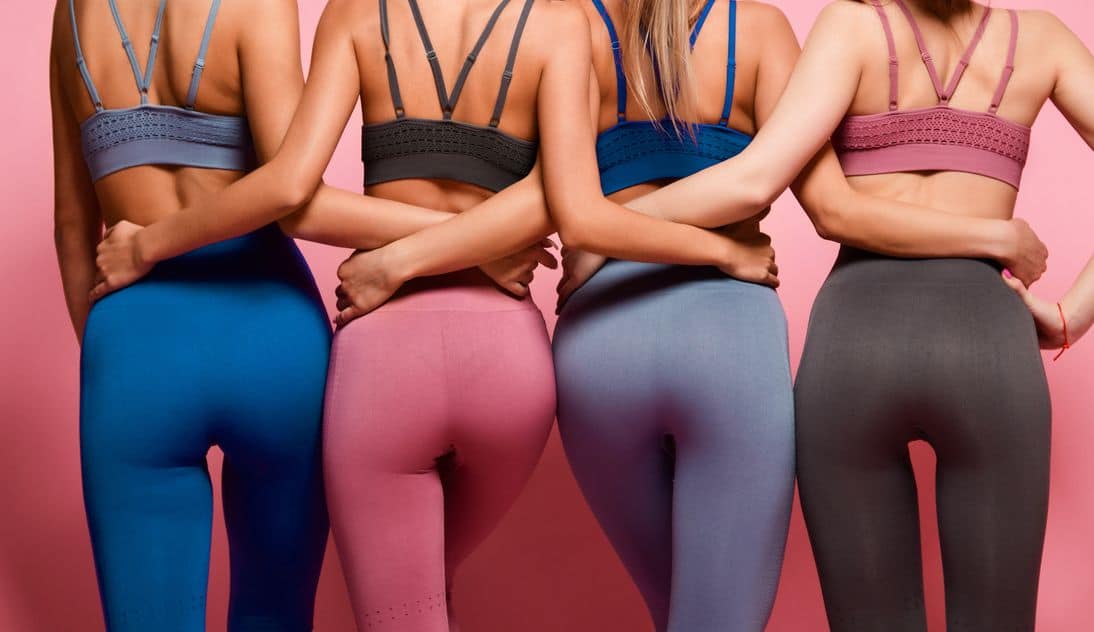This Common Skin Care Mistake Is Damaging Your Under-Eyes
Be warned.


mbg Assistant Beauty Editor
mbg Assistant Beauty Editor
Hannah Frye is the Assistant Beauty Editor at mindbodygreen. She has a B.S. in journalism and a minor in women’s, gender, and queer studies from California Polytechnic State University, San Luis Obispo. Hannah has written across lifestyle sections including health, wellness, sustainability, personal development, and more.
Image by Atolas / Stocksy March 15, 2023 Our editors have independently chosen the products listed on this page. If you purchase something mentioned in this article, we may Retinol and chemical exfoliants are two of the most effective ways to clear away dead skin, encourage quicker cell turnover, and brighten your complexion—however, they’re also two of the easiest products to misuse. Not only that, but these potent formulas can damage sensitive areas on your face (like your under-eyes) if you’re not careful, so make this quick preparation step a part of your nightly routine. 
Advertisement
This ad is displayed using third party content and we do not control its accessibility features.
Why you should apply a barrier cream before retinol.
London-based dermatologist Aamna Adel MBBS MRCP PgCERT, recently shared a TikTok video showing how she applies retinol. Her hack? Apply a barrier cream to sensitive areas like the under-eyes, under the nose, and the lips before slathering on your retinol serum.
Applying a barrier cream to the skin buffers other potentially irritating ingredients and locks in moisture on your skin post-cleanse. This works wonders pre-retinol, as retinol serums made for the face often use significantly stronger concentrations than eye-safe retinol products, like under eye creams and serums.
Other areas like the lips and under the nose tend to dry out easier, making them more prone to irritation and flakiness, so they can use the extra protection as well.
Barrier creams come in two main forms: those derived from petroleum jelly and those using natural botanical oils to serve a similar occlusive function, like the Cocokind Ceramide Recovery Balm. We prefer the second option for skin and environmental reasons, but the choice is ultimately yours.
Keep this tip on hand whenever you apply a potentially irritating ingredient, be it retinol or chemical exfoliants. After you use your active, follow up with your regular moisturizer like usual. Trust us, your skin will thank you.
The takeaway.
While retinol and exfoliating acids can provide great results, they can also be irritating to sensitive areas like the under eyes, lips, and under the nose. To mitigate this reaction, apply an occlusive barrier cream to the skin before applying your retinol or exfoliating serum. Want to shop more barrier creams? Here’s a curated list of our favorite options on the market right now.
Advertisement
This ad is displayed using third party content and we do not control its accessibility features.

 MikeTyes
MikeTyes 































